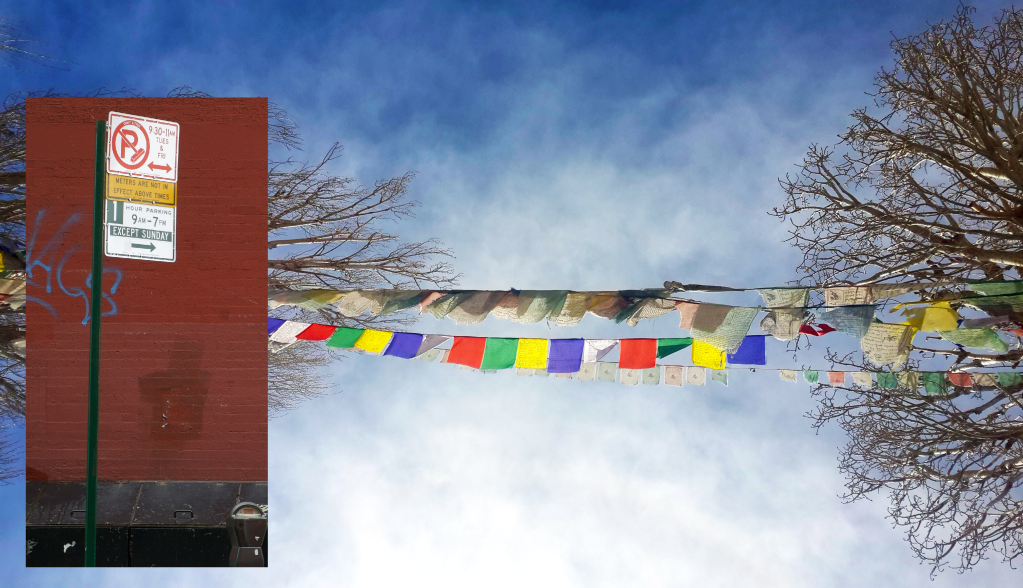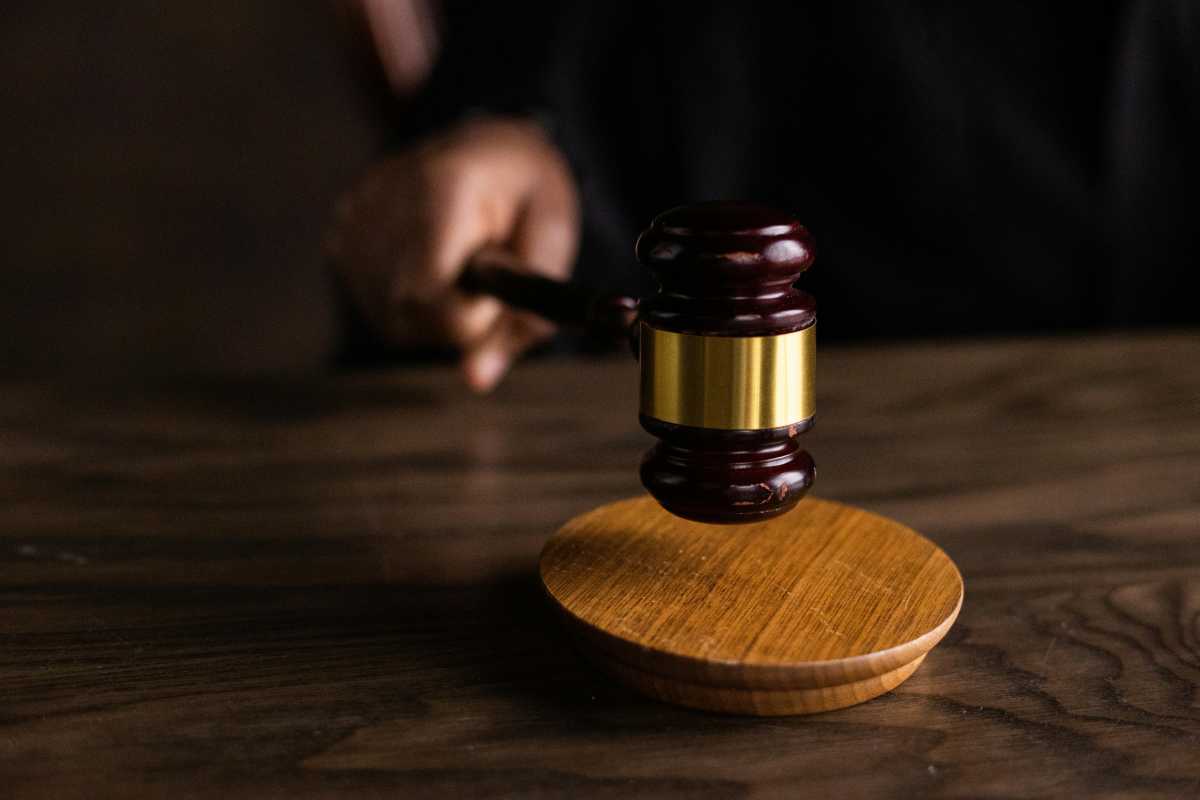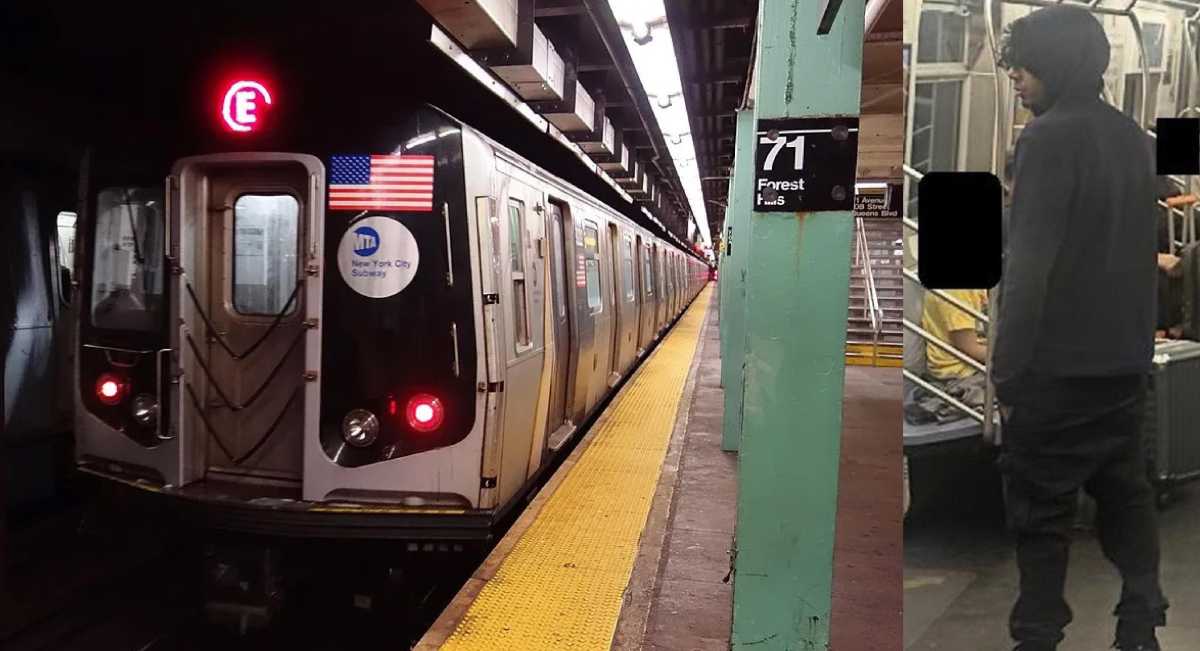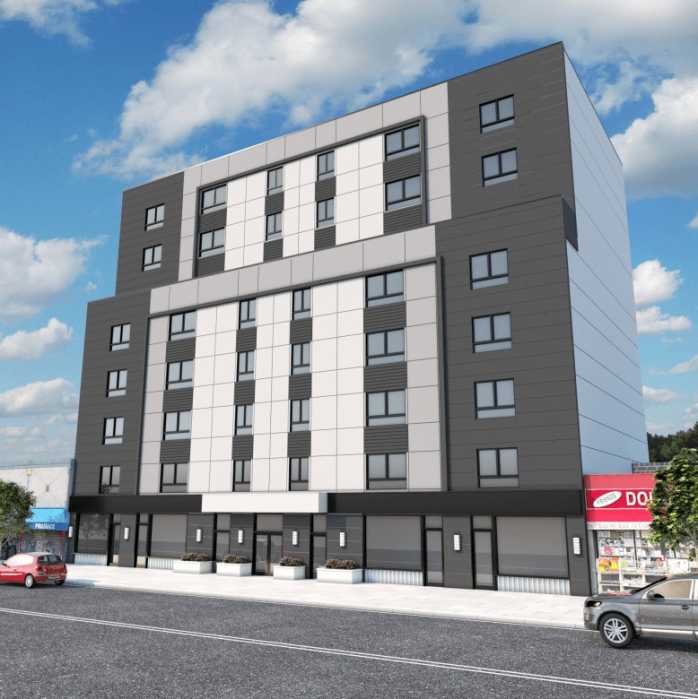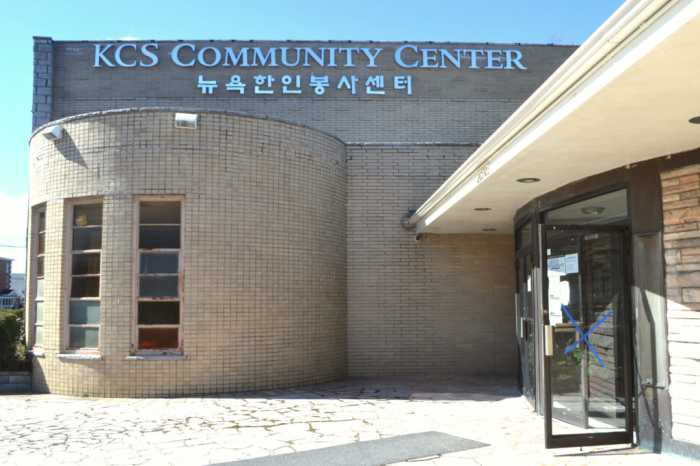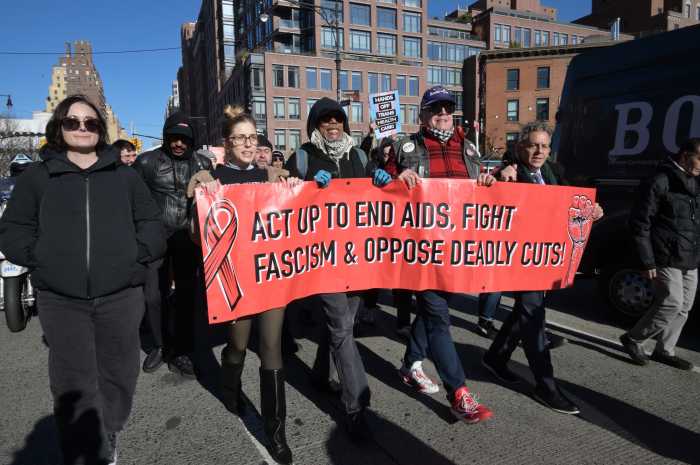The best way to stop a bad driver in New York City might not be a cop or a traffic agent — but rather a camera.
In recent years, the city has expanded its use of unmanned camera systems across the five boroughs, with lenses trained to catch drivers speeding near schools or obstructing bike lanes. The cameras help generate automatic tickets and fines for the owners of the offending vehicles as a method of financial punishment aimed at correcting unlawful behavior.
And to little surprise, such camera programs are achieving exactly that aim. In January, the city’s Department of Transportation reported a 94% reduction in speeding at speed camera locations, as well as a 14% reduction in crashes resulting in serious injury or death. Moreover, 74% of drivers received no more than two summonses per year.
The MTA reported similar success in its Automated Camera Enforcement (ACE) program using cameras fitted on its buses to catch drivers who block bus lanes. On average, bus routes in the ACE program have seen a 20% reduction in collisions, and just 9% of drivers caught for one bus lane violation were found to have committed another.
Now, the City Council hopes to achieve the same success in stopping violations of the city’s alternate-side parking rules and allow street sweepers to keep the streets clean.
Last week, the council passed a home rule resolution urging the state Legislature to authorize the installation of cameras on the sweepers for a system similar to the MTA’s ACE program. If approved, the cameras would catch vehicles illegally parked on a block during alternate-side parking regulations as the sweepers pass and issue violations to the owners.
Critics say the program would be another extension of “big brother” watching over New Yorkers, and that it’s just another way for the city to squeeze another few dollars out of taxpayers. Not so.
The cameras are not meant for any purpose other than finding drivers and vehicles that violate the law and compel them to correct their behavior. Even though the city reaps millions of dollars in revenue through camera enforcement programs, that is a secondary aim to what matters most: keeping the city’s streets safe and clean.
If someone does not want to receive a summons issued through a camera enforcement program, the answer is very clear: Follow the rules of the road.
Don’t park or stand your vehicles in bus lanes. Don’t speed near schools or through intersections. And, if the city gets its way, move your car before the street sweeper comes during designated cleaning hours.







